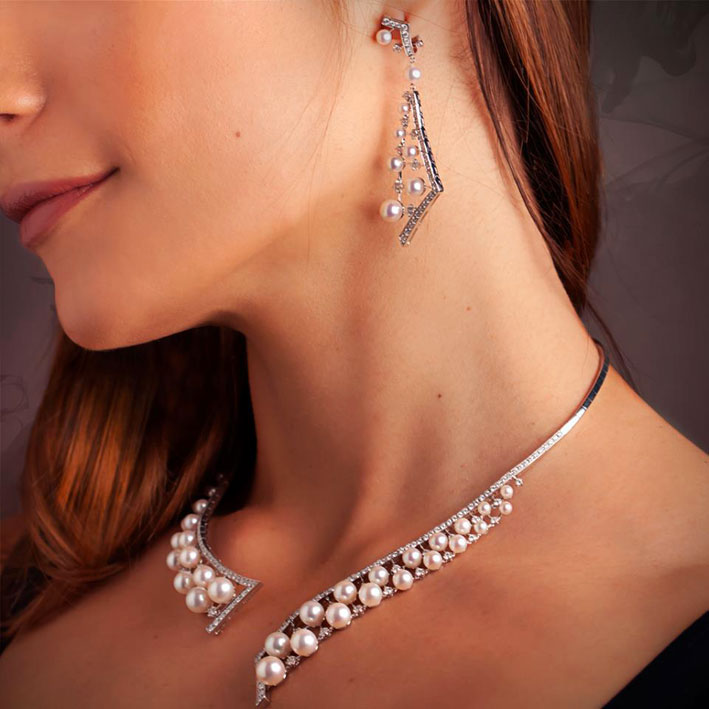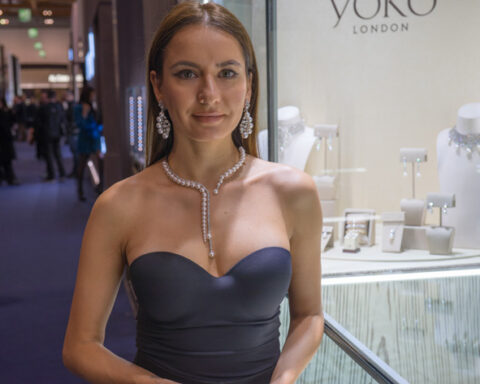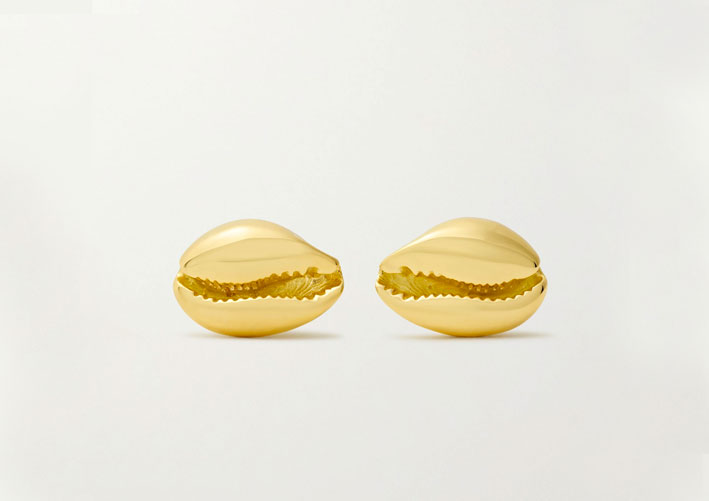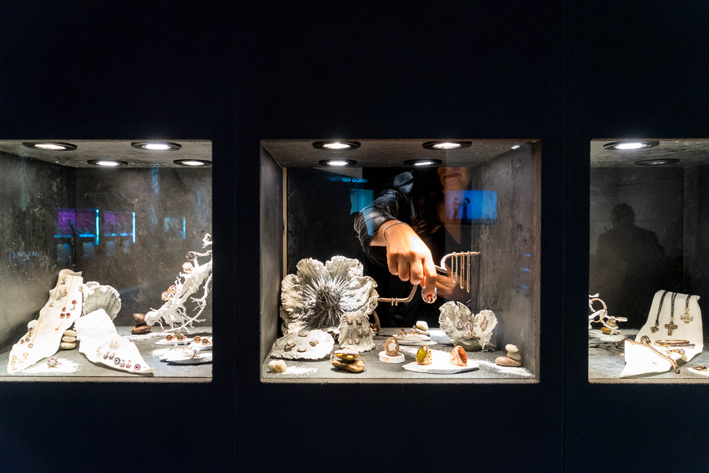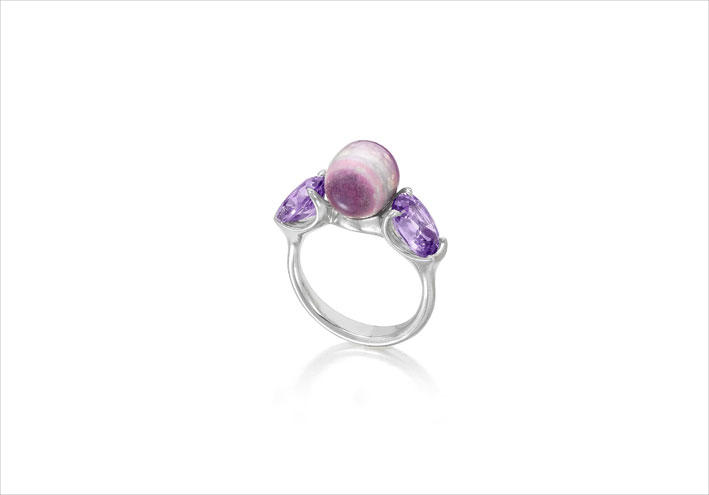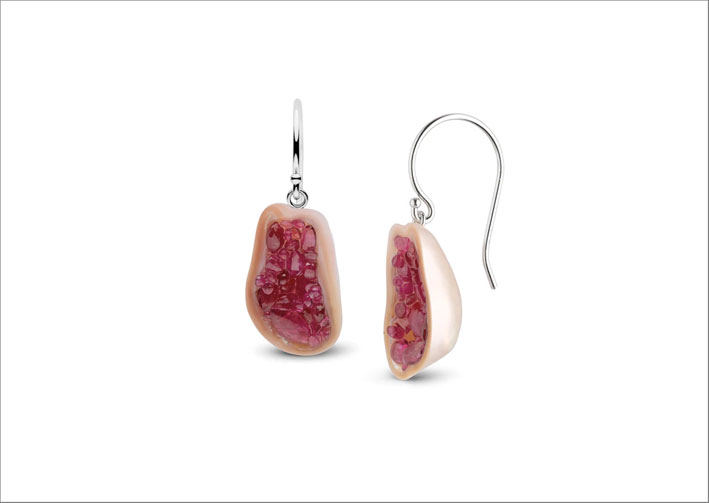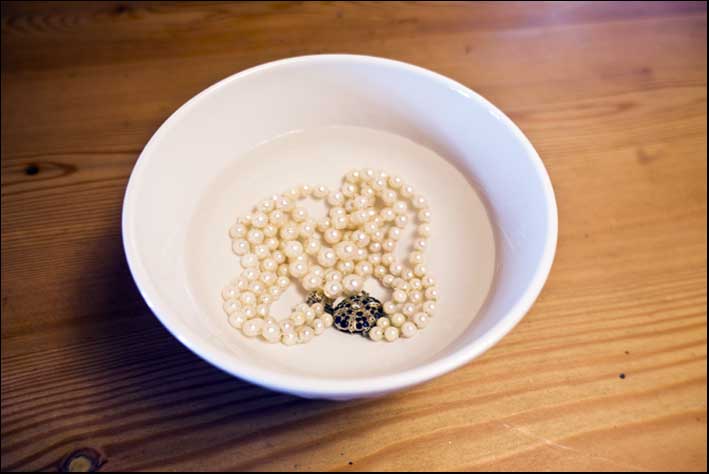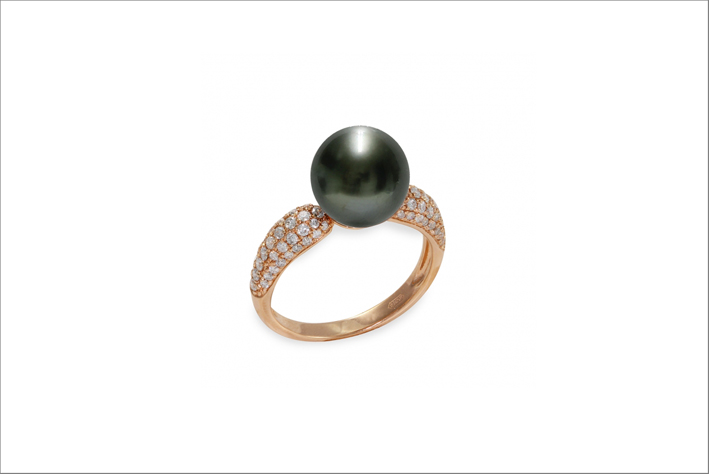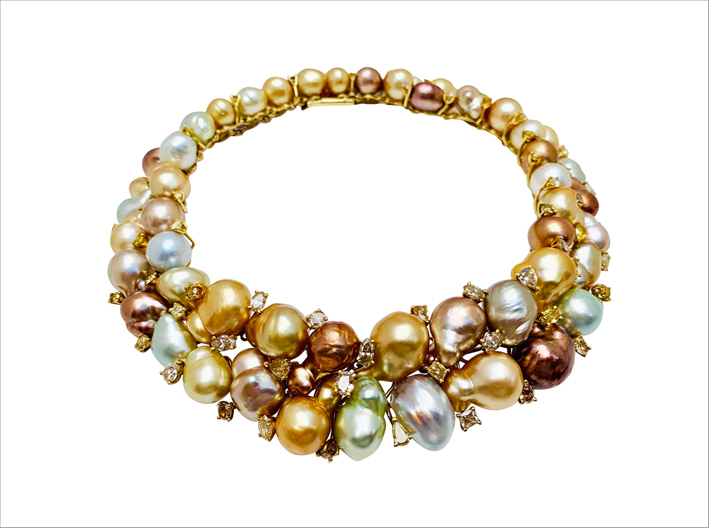Do you want to buy a pearl necklace? Or do you have earrings with pearls in your drawer, or a ring with a beautiful pearl? Like diamonds, pearls are one of the classics of jewelry. They adorned the jewels of the ancients, men and women. And until a century ago the only ones available were natural ones, while today cultivated ones are more common. But do you think you know everything about pearls? Here are 24 aspects of pearls you probably don’t know yet.
If you want to know more about pearls read: All about pearls.
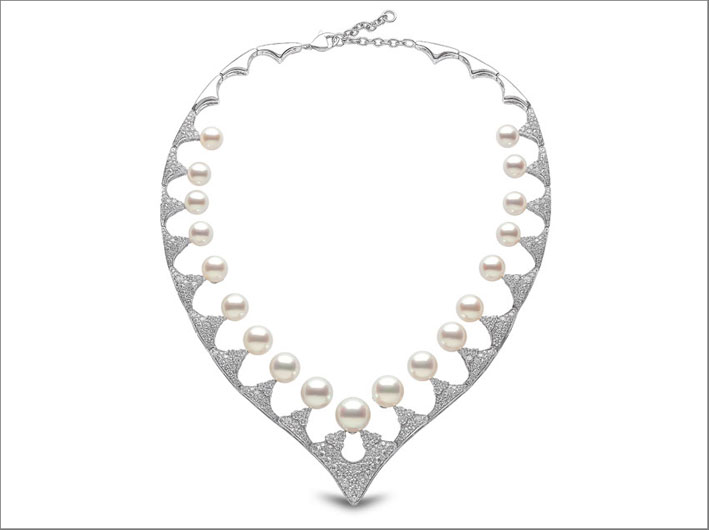
1 A graduated string of pearls most often has at least 3 millimeters of difference between the ends at the center of the necklace.
2 Fresh and salt water pearls seem quite similar to an inexperienced eye, but in reality they are classified as different biological families. Those of fresh water are part of the Unionidae family. Salt water pearls, on the other hand, grow inside the oysters of the Pteriidae family, which live in the oceans.
3 Pearls are an answer to an intruder: they form, in fact, inside the shell as a defense mechanism against something irritating that creeps into the oyster. The mollusk creates the pearl just to seal the irritation.
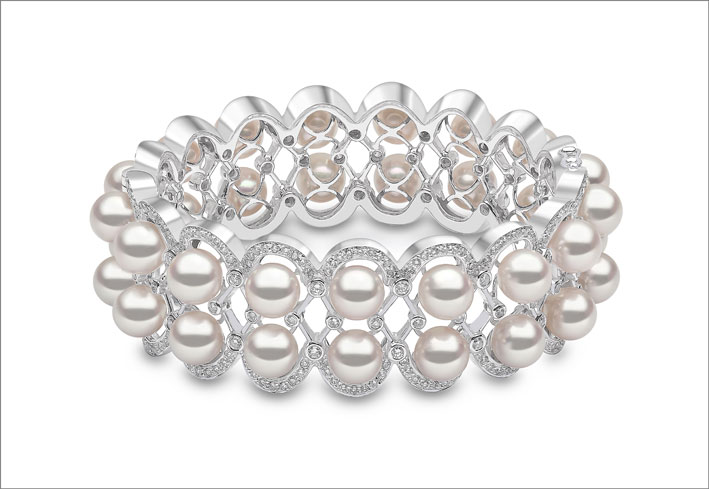
4 The brilliance of the pearls depends on the reflection, the refraction and the diffraction of light from the translucent layers: the layers in the pearl are thinner and numerous, the luster is finer.
5 The iridescence of pearls is caused by the superposition of successive layers, which breaks the light that falls on the surface.
5 Pearls (especially freshwater pearls) can be tinged with yellow, green, blue, brown, pink, purple or black.
6 Since pearls are mainly made of calcium carbonate, they can be dissolved in vinegar or lemon juice: do not let them fall into the salad!
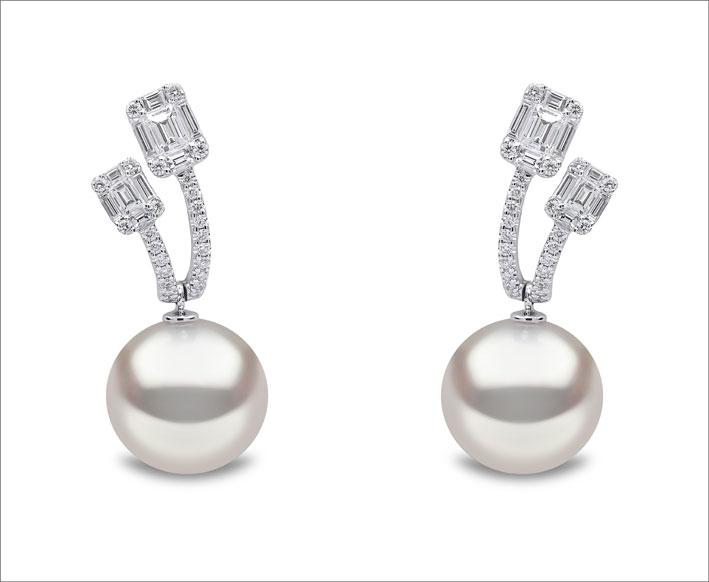
7 Freshwater pearls are formed in lakes, rivers, ponds and other freshwater basins found in warmer climates. But they are also found in colder and more temperate areas such as Scotland (where they are protected by law).
8 Most of the freshwater cultured pearls sold today do not come from Japan, but from China.
9 However, Japan retains its status as a pearl processing center and imports most of the Chinese Akoya pearl production. These pearls are then worked (often simply ordered), re-labeled as a product of Japan and exported.

10 The commonly held belief that a grain of sand acts as an irritant to stimulate the growth of a natural pearl is actually a very rare case.
11 How do you distinguish a natural pearl from a cultivated one? An X-ray examination is the safest system: nucleated cultured pearls are often preformed, since they tend to follow the shape of the nucleus that has been implanted. Natural ones no.
12 The cultivated pearl can be harvested in a period ranging from 12 to 18 months for the Akoya, 2-4 years for Tahiti and the South Sea and 2-7 years for fresh water.

13 A simple method to recognize the real pearls from imitations is to rub two spheres against each other. The false pearls are completely smooth, while the natural or cultivated ones are composed of mother-of-pearl plates, which make them slightly rough.
14 There are very few necklaces with natural pearl strands and they are often sold for hundreds of thousands of dollars.
15 Natural pearls are very rare: one of the places where they are still found is in the seas off Bahrain and Australia.
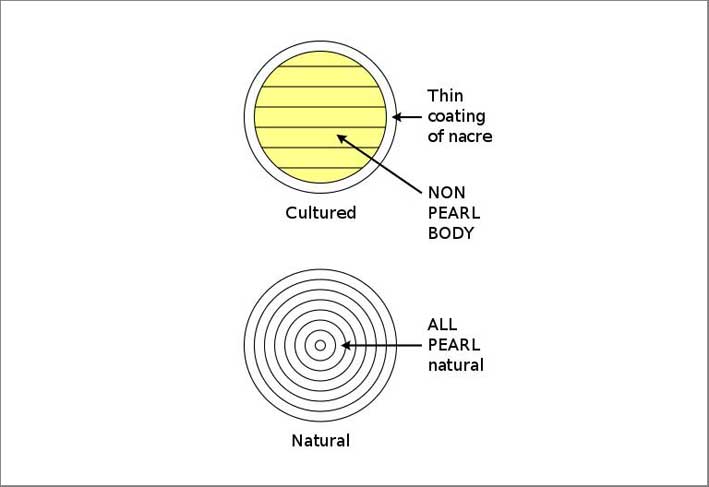
16 Black pearls (called Tahitian pearls) are very rarely really black: they usually have shades of green, purple, aubergine, blue, gray, silver or peacock (a mix of different shades, like a peacock feather).
17 The South Sea pearls are the largest and rarest of cultured pearls, which makes them the most precious.
18 Pearls defined as Margaritas are extremely difficult to find today and are known for their unique yellowish color. The most famous Margarita necklace is the one that the then Venezuelan president Romulo Betancourt gave to Jacqueline Kennedy when she and her husband, President John F. Kennedy, were on an official visit to Venezuela.
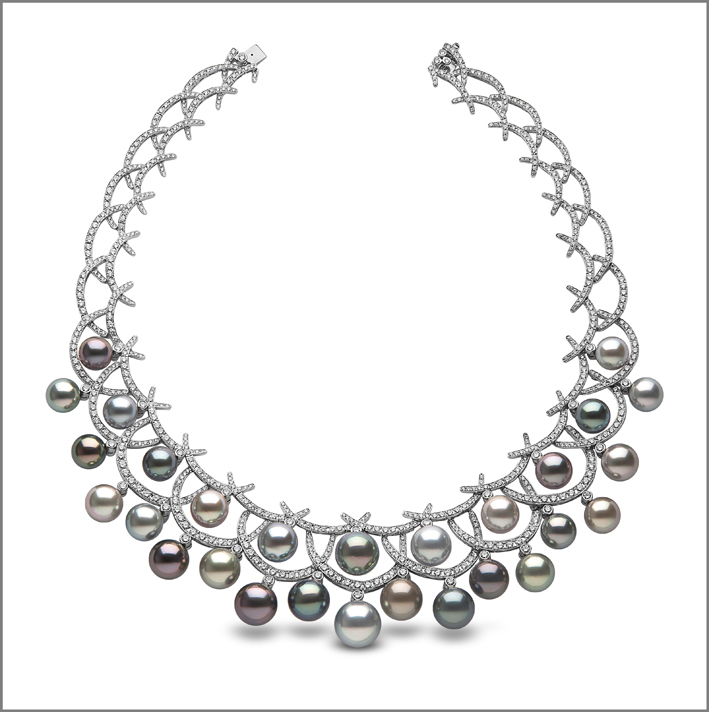
19 Usually the invention of the process to cultivate pearls is attributed to Mikimoto. In fact, the way to get cultured pearls was developed by the British biologist William Saville-Kentin Australia and brought to Japan by Tokichi Nishikawa and Tatsuhei Mise. Nishikawa obtained the patent in 1916 and married Mikimoto’s daughter. Which was able to use Nishikawa’s technology.
20 For many traders and wholesalers of cultured pearls, the favorite weight measure used for loose pearls and pearl strands is momme, a measure traditionally used in Japan, which is equivalent to 3.75 grams.
21 The gloss is the main factor in differentiating the quality of the pearls according to the jewelers.

22 But given the same factors, the dimension determines the value: bigger is the pearl, more precious it is.
23 Pearls are available in eight basic forms: round, semicircular, button, drop, pear, oval, baroque, rimmed and double boulder.
24 The pearl necklaces are classified into different types, according to the size: a collar (25-33 centimeters) often with several strands of pearls, a choker (35-41 centimeters), princess (43-48 centimeters) and matinees (50- 60 centimeters). Finally, the work size (70 to 90 centimeters) and sautoir, or pearl rope, (about 115 centimeters) are rarer.
